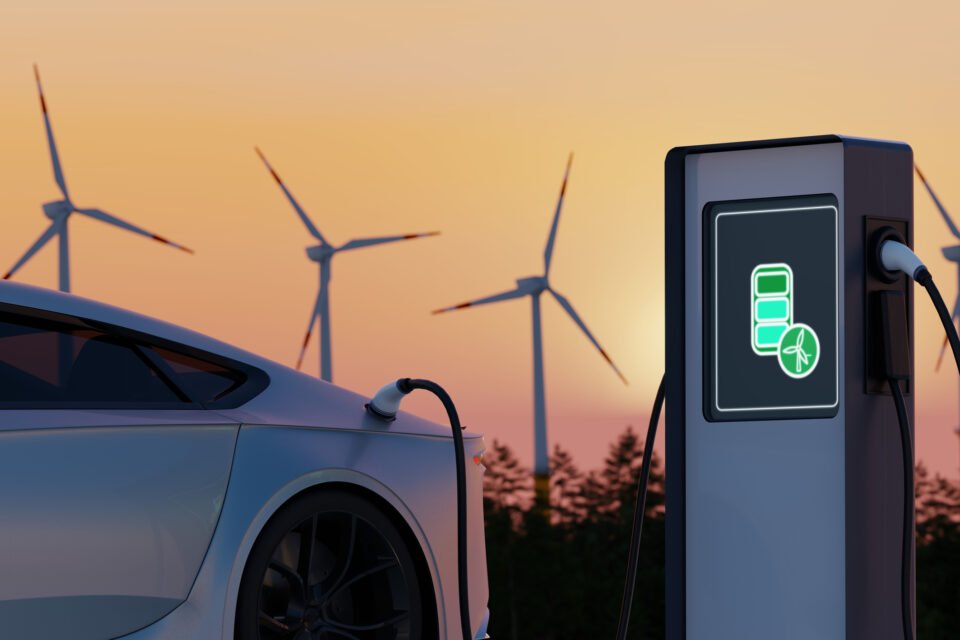The Government of New South Wales (NSW) is injecting $557.5 million into transforming the state’s electric vehicle (EV) infrastructure. This, according to an announcement, aims to make it easier and more convenient for everyone to switch to EVs.
As part of the funding package, NSW is putting $149 million towards co-funding EV fast chargers. These chargers are expected to cut down the time it takes to recharge EVs making long road trips more practical for drivers.
$105 million will be dedicated to helping businesses and local councils switch to electric fleets. This support includes funding for both buying EVs and setting up the necessary charging infrastructure.
A further $20 million will be spent installing EV chargers at regional tourist spots. This means tourists can travel around NSW in electric vehicles without worrying about running out of charge.
Meanwhile, $10 will go towards co-funding kerbside EV chargers. This initiative aims to make owning an electric car easier for city dwellers who don’t have private parking spaces.
In addition, apartment residents will also benefit from this package, with $10.0 million set aside for retrofitting EV infrastructure in apartment buildings.
Beyond these specific projects, the NSW Government is also committing an additional $263.5 million to push forward the updated NSW EV Strategy. This plan focuses on boosting EV adoption, cutting emissions, and promoting sustainable transport solutions across the state.
Support from the Industry
This announcement has garnered positive feedback from the industry. Tony Weber, CEO of the Federal Chamber or Automotive Industries, said the budget measures will play a pivotal role in transforming the automotive landscape in NSW.
“The NSW Government’s significant investment in electric vehicle infrastructure is a decisive step towards wide-spread adoption of the zero-emissions technology. By supporting the development of fast chargers, local government and business fleets, and EV infrastructure in key areas, this budget addresses crucial barriers to EV adoption.”
Did you find this article interesting? Click the ‘heart’ button above to give it a ‘like’!

